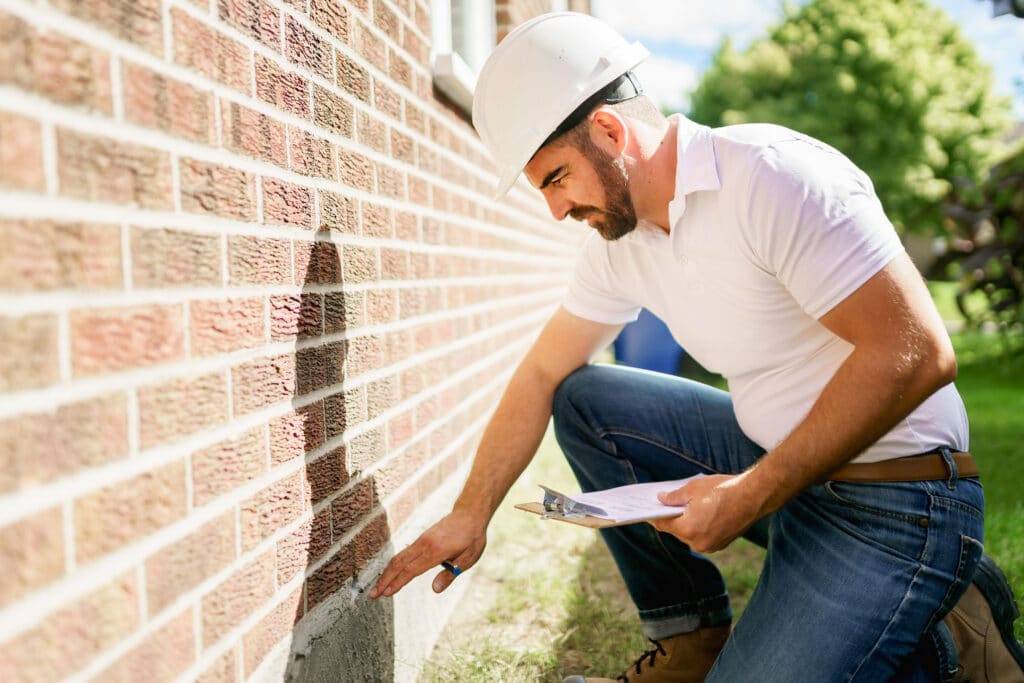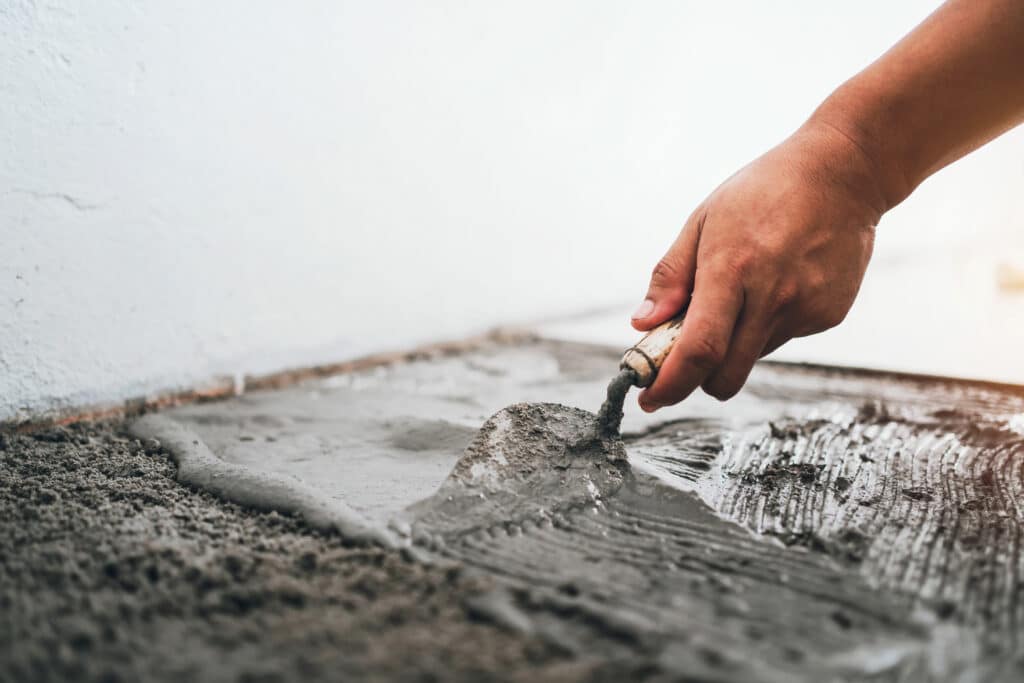Common Causes of Foundation Problems in Philadelphia
A few factors can contribute to foundation issues. These are the most widespread ones for Philadelphia residents:
- Aging plumbing: Philadelphia has its fair share of older homes, with a median building year of 1963. Many of these properties use cast-iron plumbing. When the pipes start to erode, leakage could reach your foundation and even pool beneath it.
- Soil composition: Soil with large clay or sand concentrations is highly expansive. In the heavy rainfall Philadelphia receives, the soil soaks up moisture like a sponge, then releases it in dry seasons. The constant expansion and contraction stresses nearby foundations, even if the foundations keep dry.
- Improper modifications: Roofing or landscaping work that wasn't completed properly could lead to your foundation settling.
- Tree Roots: Tree roots can enter a home's foundation through cracks, and may exert pressure that leads to your foundation fracturing, pipes rupturing, and overall structural deterioration.
How to Choose the Best Foundation Repair Company
To select a foundation repair company, you should consider what's most important to you. Use this guide to help you navigate the process.
Licensing and Experience
According to the Pennsylvania Attorney General, foundation contractors must register with the commonwealth if they make between $5,000 and $50 million in annual revenue. Registration doesn't involve exams, but it does show a contractor meets bond, insurance, and background check requirements. Talk to staff to gain further insight into a company's experience. You should ask about local building codes, permit ordinances and inspection processes.
Another way to measure a company's standing is to check its website. There, you can learn how long it's been in business and its trade qualifications. It might also share knowledge and insights through blog posts, podcasts, or videos.
Customer Reviews
When you're researching a company's standing, head to its Better Business Bureau (BBB) profile. There, you can find its "letter grade" rating and a list of customer reviews, both complaints and positive experiences. Complaints don't mean a contractor is unreliable. BBB reviews show how the company addressed complaints. It's a positive sign if the company has resolved issues proactively and favorably. You should avoid a company with numerous negative reviews, no accreditation, and no communication regarding issues.
Foundation Repair Cost in Philadelphia
The cost of foundation repair can vary substantially based on the extent of the problems and what must be done to fix them. For minor foundation cracking and settling issues, you may pay as little as $1,900. However, if there is quite substantial deterioration, the typical cost will be around $3,600. More involved jobs involving digging, helical piers, or major concrete leveling could run you $7,100. Below are the average foundation repair costs for common issues.
| Common Foundation Repair Services | Average Cost |
|---|---|
| Crack Repair | $413 |
| Leak Repair | $3,424 |
| Stabilization | $6,005 |
| Underpinning | $1,580 |
| Waterproofing | $3,792 |
Ready to Get a Quote on Your Foundation Repair Project?
Please enter a valid 5-digit zip code!
Frequently Asked Questions About Foundation Repair in Philadelphia
How much does foundation repair cost in Philadelphia?
What are the different types of foundations in Philadelphia?
What preventive measures can I take to avoid foundation issues?
- Make sure your home's gutters and downspouts are in good condition and direct water away from your foundation to avoid water accumulation.
- Irrigate the soil around your foundation consistently, especially during dry spells, to prevent shrinking and expansion.
- If possible, grade the soil around your home to slope away from your foundation, encouraging water drainage and reducing the risk of foundation issues.
- Inspect your foundation for signs of damage, and repair any issues promptly.
Do I need to leave my home for foundation repair work?
To share feedback or ask a question about this article, send a note to our Reviews Team at reviewsteam@thisoldhousereviews.com.
More Foundation Resources
National Foundation Repair Ranking Methodology
Sources
U.S. Census Bureau (American Communities Survey)
















